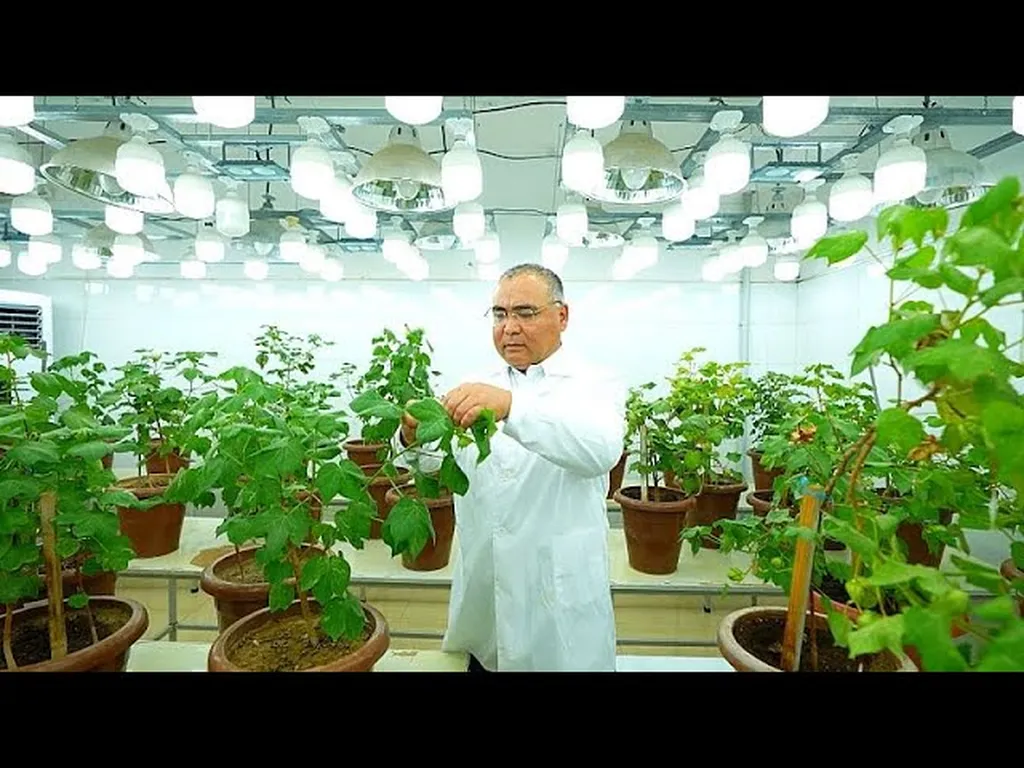In a significant stride toward enhancing cotton breeding programs, researchers have identified stable meta-QTLs and candidate genes that underpin crucial fiber quality and agronomic traits in cotton. This breakthrough, published in the journal ‘Plants’, offers a refined genomic framework that could revolutionize marker-assisted selection (MAS) and functional genomics in cotton improvement.
The study, led by Abdulqahhor Kh. Toshpulatov from the Institute of Genetics and Plant Experimental Biology at the Academy of Sciences of the Republic of Uzbekistan, conducted a comprehensive meta-QTL (MQTL) analysis. By integrating 2864 QTLs from 50 independent studies spanning from 2000 to 2024, the researchers projected 2162 high-confidence QTLs onto a consensus genetic map using BioMercator V4.2.3. This meticulous process resulted in the identification of 75 MQTLs across the cotton genome, with 14 of these MQTLs being reported for the first time.
The identified MQTLs exhibited significantly reduced confidence intervals and enhanced statistical support, making them valuable resources for cotton breeders. Notably, several MQTLs, including MQTLchr7-1, MQTLchr14-1, and MQTLchr24-1, were found to be stable clusters harboring key fiber quality and stress tolerance traits. “These stable MQTLs provide a robust foundation for developing markers that can be used in breeding programs to enhance fiber quality and stress resilience in cotton,” Toshpulatov explained.
The study also delved into candidate gene analysis within select MQTL regions, revealing 75 genes. Of these, 38 were annotated with significant gene ontology terms related to lignin catabolism, flavin binding, and stress responses. Genes such as GhLAC-4, GhCTL2, and UDP-glycosyltransferase 92A1 were highlighted for their potential roles in fiber development and abiotic stress tolerance. “Understanding the genetic basis of these traits is crucial for developing cotton varieties that can withstand environmental stresses and produce high-quality fiber,” Toshpulatov added.
The implications of this research for the agriculture sector are profound. By providing a refined genomic framework, the study offers valuable resources for marker-assisted selection and functional genomics. This could lead to the development of cotton varieties with enhanced fiber quality, yield, and stress resilience, ultimately benefiting farmers and the textile industry.
As the global demand for cotton continues to grow, the need for improved breeding programs becomes increasingly critical. This research not only advances our understanding of the genetic architecture underlying important cotton traits but also paves the way for more efficient and effective breeding strategies. “This work represents a significant step forward in our quest to improve cotton breeding programs and meet the growing demands of the agriculture sector,” Toshpulatov concluded.
Published in the journal ‘Plants’, this study led by Abdulqahhor Kh. Toshpulatov from the Institute of Genetics and Plant Experimental Biology at the Academy of Sciences of the Republic of Uzbekistan, offers a promising avenue for enhancing cotton breeding programs and shaping the future of the agriculture sector.

